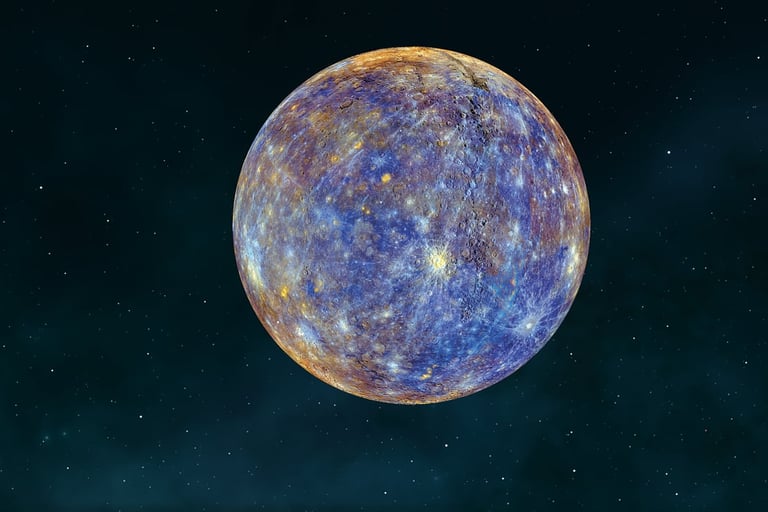Which Planet Stays Closest to Earth the Longest? A Surprising Truth
Ready for a cosmic revelation? Discover why Mercury, the swift and enigmatic planet, defies expectations by remaining closer to Earth for the longest time. Dive into our article and uncover the hidden dynamics of planetary motion that challenge everything you thought you knew about our celestial neighbourhood!
CURIONIS
For a long time, many believed that Venus was Earth’s closest planetary neighbour. It makes sense—Venus comes as close as 41 million kilometres to Earth, while Mercury is much farther. However, modern calculations reveal a surprising fact: Mercury actually stays closest to Earth for the longest period over time.
Why does this happen? To understand this better, let’s first explore how planets move around the Sun.
Understanding Planetary Orbits: The Role of Eccentricity
Planets do not travel in perfect circles; they follow elliptical orbits—stretched-out ovals. The eccentricity of an orbit tells us how elongated it is:
If eccentricity = 0, the orbit is a perfect circle.
If eccentricity is closer to 1, the orbit is more stretched out.
Venus has an eccentricity of 0.0067, making its orbit almost a perfect circle. This means Venus’ distance from the Sun remains fairly steady.
Mercury has an eccentricity of 0.2056, making it the most elliptical orbit of any planet. Sometimes Mercury is very close to the Sun (46 million km), while at other times, it moves much farther away (70 million km).
This difference in orbital shape plays a key role in why Mercury often stays closer to Earth than Venus does.
The time a planet takes to complete one full orbit around the Sun is called its orbital period which determines the length of a year, and the time it takes to complete one full spin around its axis is called its rotational period which determines the length of a day.
In our solar system, each planet has its own unique rotation and orbital period. For instance, Mercury completes one full spin on its axis in about 59 Earth days and takes roughly 88 Earth days to complete an orbit around the Sun. Venus, on the other hand, rotates very slowly in a retrograde (backward) direction, taking 243 Earth days to complete one full rotation, yet it orbits the Sun in only 225 Earth days. In contrast, Earth spins on its axis in just 24 hours, defining a day, and it takes approximately 365.25 days to make a full orbit around the Sun, which constitutes one year.
Since Mercury moves much faster than Venus, it realigns with Earth more frequently. This is one of the reasons why, over time, Mercury remains closer to Earth more often.
A 2019 study in Physics Today by engineers Tom Stockman, Gabriel Monroe, and Samuel Cordner challenged the long-held belief that Venus is Earth’s closest neighbour. Using computer simulations over a 10,000-year period, they found that:
While Venus comes closest to Earth at certain points, it also moves much farther away when it is on the opposite side of the Sun.
Mercury, despite its smaller orbit, never strays as far from Earth.
When considering long-term average distances, Mercury actually stays closer to Earth for about 46% of the time, compared to just 36% for Venus.
This means that while Venus may have the smallest minimum distance to Earth, Mercury is the one that remains our closest neighbour for the longest period.
💡 Surprising fact: Mercury is not only Earth’s closest neighbour most of the time—it is also the closest planet to every other planet in the Solar System!
Subhalakshmi Buragohain
Hyderabad


Mercury is named for the swiftest of the ancient Roman Gods.
